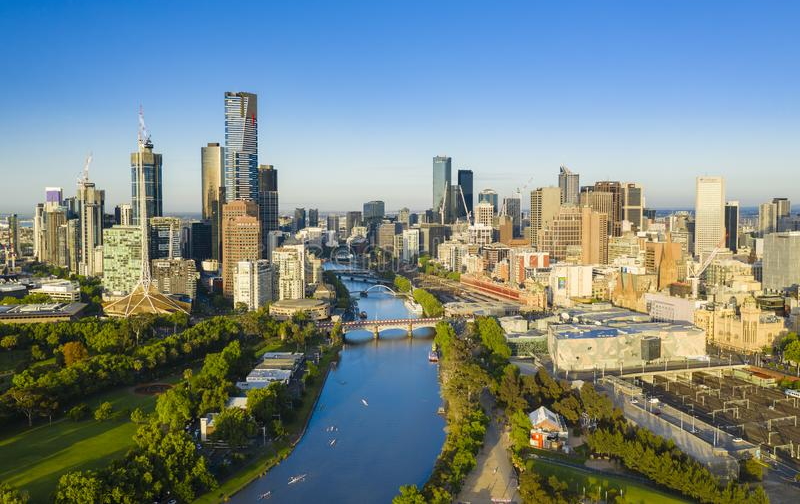Are You Covered For Flood Damage in Melbourne?

Among the most frequently asked questions that people have in relation to flood damage insurance is whether they are covered by their insurance. The good news is that even in circumstances when they think they are not, many are actually eligible for insurance coverage.
According to a recent summary report released by the Insurance Australia Group Limited (IAG), more than a million private residences, or roughly one in ten Australian households, are exposed to some level of flood risk. That said, to analyse and implement proper procedures to restore your property to their original state after a flood damage, competent professionals are necessary. Moreover, your property can sustain water damage from floods, and if this problem isn't addressed right away, it might end up costing you thousands of dollars to restore.
What Is the Standard Definition of Flood in Australia?
Flood is a covering of a dry land by water that has been released or escaped from:
- * Any stream, lake, river or other natural body of water, whether or not it has been transformed; or
- * Any canal, dam or reservoir.
Your insurance may still reimburse you for incidents like storm or rainfall damage even if your policy doesn't cover flood damage in Melbourne. If your home is overwhelmed by rainfall, your insurance policy's storm or rainwater can provide coverage.
While the majority of insurers consider rainwater runoff to be part of storm coverage, some won't cover storm surge or rainfall if you opt not to get flood insurance. The product disclosure statement for your policy provides more information on these options. If you are unsure of what you are covered for, read the policy terms or contact your insurer.
What Will Happen if I Don’t Have Flood Insurance?
Your insurer may still examine any claim you submit to identify how your property was flooded. This is regardless if you declined to get flood insurance, did not have it or your policy specifically states that flood damages are not covered. Also, it’s important to determine whether additional insurance provisions can fully or partially pay your claim.
How Do Insurance Assess the Danger of Flooding?
The majority of insurers use the National Flood Information Database (NFID) to assess the flood risk to specific properties. They will base their calculations on this risk, as well as on other factors like location, claim history and type of building.
The government's flood mapping is used to layer the 11.3 million property addresses in the National Flood Information Database (NFID) address with flood risk.
Insurance companies assess the risk of flooding, the potential severity of the flooding, and the flood's depth. To identify homes that are vulnerable to floods, they may study data from a variety of sources. These could contain flood maps created by the local government, flood statistics from the past, topographic information and insurance claim data.
Assessing the Flood Coverage of Your Insurance
Make sure you are aware of your flood risk when selecting or renewing your insurance. Before purchasing your insurance, carefully read the policy terms to ensure you understand if flood damage is covered by your policy. This also includes the types of flooding damage that are covered. Talk with your insurer if you're unsure.
Exclusions are often specified as limitations on what your policy will and won't cover. The cost of insurance is often directly correlated with the risk of flooding in your area and the value of your possessions.
How Do You Assess the Damage to Your Property?
Your insurer will hire an assessor to examine the damage to your property as part of evaluating your claim. This is to determine if you are protected by the policy. It could take some time during major catastrophes like floods.
Meanwhile, these are the things you should do:
- * Make a detailed note of all the damage that has occurred.
- * Document any damaged objects or structures using pictures or videos.
- * Avoid throwing anything away unless you really have to because it poses a risk. However, before you do, document everything and get the insurer's permission to do so.
- * To minimise your loss, take appropriate action. Consider relocating your belongings under cover or covering your exposed roof with a tarp.
What Is the Procedure for Flood Insurance?
With the help of flood insurance, your house can be protected against damage brought on by an unexpected flood. Although it is frequently available as an add-on, this type of coverage is not always included in a regular home insurance policy.
Whilst some house insurance companies provide flood insurance as standard coverage, you can choose not to. The amount that can be reimbursed may not be sufficient to pay for the whole cost of restoring flood damage. Why? Because others have imposed coverage restrictions.
Key Takeaway
The recent rains and storms in Melbourne have caused widespread flooding, leaving many people wondering if their home or business is covered by insurance. Unfortunately, most homeowners' policies do not cover flood damage. However, there are a few things you can do to make sure you’re protected in the event of a flood.
It’s important to understand what is and isn’t covered under your policy. Read over your policy carefully and be sure to ask your insurer any questions you may have about specific incidents that could occur. Taking these simple steps can help protect your property from costly damages in the event of a flood.

